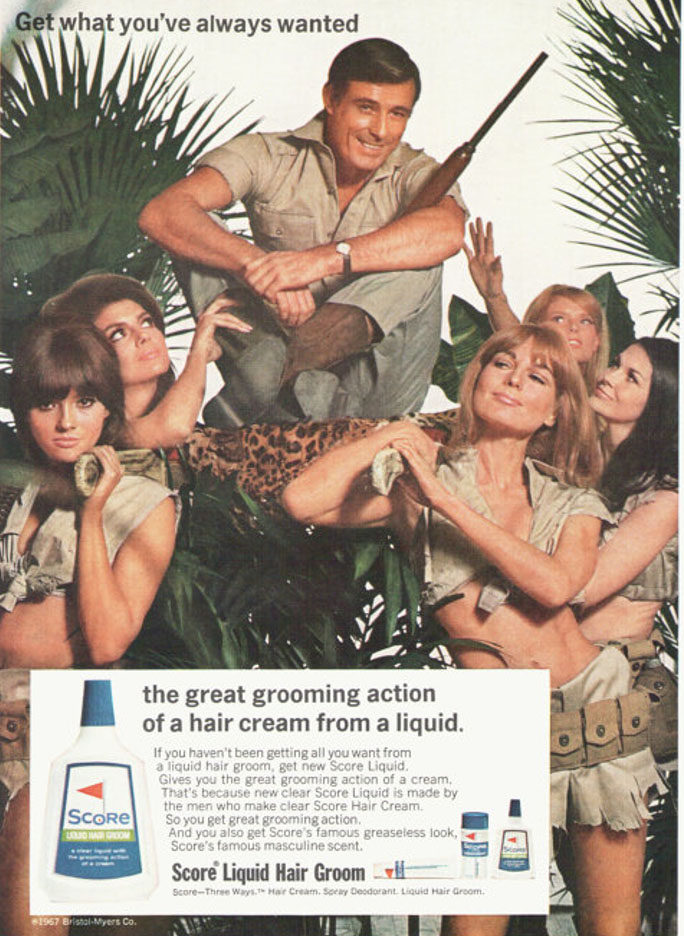- B.F Skinner – behavioral science, operant conditioning
- he says the notion of free will is fiction
- control of environment
- how messages are passed on & shaped behavior
- schedule of reinforcement
- fiction of free will, reduces us to animals
- Harold Lasswell – wrote ‘propaganda technique in the world war’, hypodermic model theory = direct injection = passive audience
- said powerful people could brew up a ‘subtle poison which industrious men injects into the veins…’
- propaganda in overly political & manipulate whereas persuasion often appears invisible
- Shoshana Zuboff – wrote ‘the age of surveillance capitalism’
- says there is an ’emerging behavior control technology’
- ‘forms of persuasion are used to stimulate certain type of behaviors while suppressing others…’
- ‘..technology has begun to develop new methods of behavior control.’
- ‘The power [of] this technology gives one man to impose his views and values on another.’
Cambridge Analytica – Alexanda Nix = chief executive
1920/30 – Lasswell, hypodermic
WHO, SAYS WHAT, THROUGH WHAT CHANNEL, TO WHOM, TO WHAT EFFECT
This theory suggest we are ‘spoon-fed’by the media.
Lasswell’s model applied to a newspaper story:
Who – Bim Afolami, a journalist
Says what – Says that the left’s hypocrisy on radical equality is causing profound damage
Through what channel – The Mail on Sunday, pg 44
To whom – people who read the paper, possibly the older generation & people who are interested in politics
What effect – Makes left wing party & supports look bad
1940’s – Shannon & Weaver (1949), Paul Lazarfeld – 2 step flow
Said there is stuff missing from Lasswells model. It was adated by Shannonn & Weaver to the Transmission model of Communication. This included other elements such as noice, error encoding & feedback.
Paul Lazarfeld – 2 step flow
Step 1 – from media to opinion leader
Step 2 – from opinion leaders communicate to the masses
This theory suggests that the audience are active, not passive.
1960’s – Uses & gratifications (Katz, Gurevitch, Hass)
This idea of active audience, we choose information based on what we want – information / education, empathy and identity, social interaction, entertainment & escapism.
Related to Maslow’s hierarchy of needs (1954).
Applied to newspaper story – Knowledge about the world, safety and self-actualization
1970’s – Cultivation Theory – Gerbner (Chomsky vs Skinner)
Looked at the relationship between violence on television and violence in society. Suggests that we an use the media to change peoples behavior & what the think/believe in over time.
“Television cultivates from infancy the very predispositions and preferences that used to be acquired from other primary sources.” (Gerbner et al 1986).
Althusser – raised the idea that the State asserted power and control through a number of key agencies and structures, he called this idological state apperatice.
1980’s – Stuart Hall, preffered reading
The idea that we can take an opposite stance, we don’t have to believe these things. He says there are 3 ways to read a text: a dominant position, a negotiated position or an oppositional position.
2000’s – Clay Shirley, end of audience
There is no such thing as audience, there is only individuals. WE are not one, we are many, the idea of intersectionality. A mass of individuals not just a mass.
“The more ideas there are in circulation, the more ideas there are for any individual to disagree with.” Shirky – TED Talk 2013
2019 – Zuboff, surveillance capitalism
Subservience Capitalism – we are no longer a mass, but individuals.



